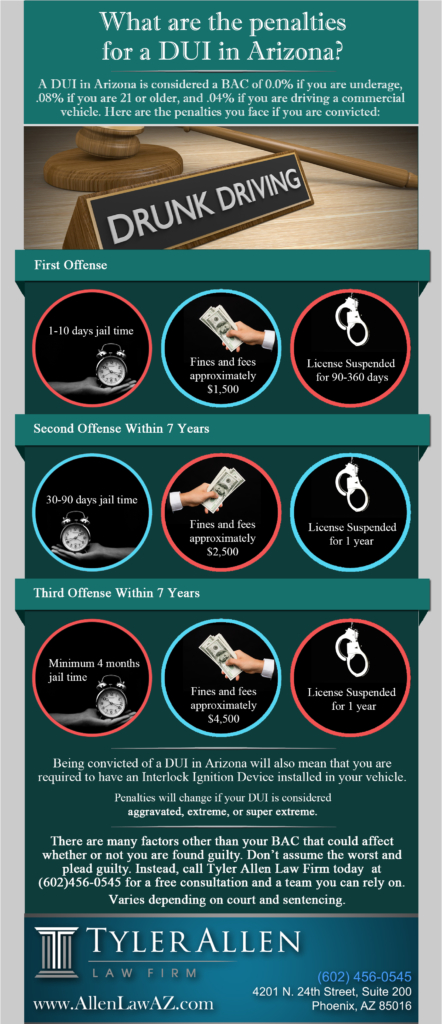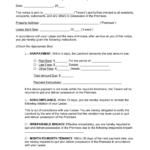 “`html
“`html
Access Restrictions and Website Security: Understanding the Mechanisms
In the age of digital dissemination, websites must constantly evolve their security measures to safeguard sensitive data and maintain the integrity of their online presence. This intricate dance of protection often involves restricting access to certain users or regions for various reasons. While encountering a restriction message may be frustrating for users, it’s important to understand the rationale and functionality behind these security protocols.
Understanding HTTP Response Code 503
The HTTP response code 503 signifies a service unavailable error, commonly seen when a website is temporarily unable to handle requests. This might be dues to server overload, maintenance activities, or intentional restrictions placed by the site owner. Each reason reflects a focus on minimizing disruptions and protecting the site’s resources.
Server Overload and Maintenance
At its core, the 503 error primarily indicates that the server is temporarily overwhelmed. Websites may receive an unexpected influx of traffic, overwhelming their capacity, necessitating temporary restrictions to maintain service quality. Routine maintenance is another common cause, wherein the site goes offline for updates, ensuring optimal performance and security post-upgrade.
Intentional Access Restrictions
Sometimes, the 503 error arises not from necessity but from choice. Site owners might choose to limit access from certain areas based on security analytics. This proactive measure helps safeguard against potential cyber threats, such as denial-of-service attacks, by curbing known problematic traffic sources. It’s a preemptive action in fortifying digital defenses.
WordPress Security: The Role of Plugins like Wordfence
For website owners, especially those using WordPress, plugins play a crucial role in managing security. Wordfence is a prominent security plugin that helps in blocking unauthorized access, scanning for malware, and maintaining firewall rules. It’s an essential tool in a webmaster’s arsenal, promoted for its efficacy and user-friendliness.
The Functionality of Wordfence
Wordfence operates by monitoring traffic in real-time, analyzing the nature and origin of requests. Its blocking tools are crafted to discern and restrict threats effectively. The relevance of such plugins grows with the spiking sophistication of cyber threats, making them indispensable for ensuring a site’s safety and user data protection.
Admin Access and Incident Resolution
Website administrators, especially those running sites on WordPress, often rely on Wordfence to detect and resolve security incidents swiftly. In cases of accidental access restrictions, email notifications allow prompt restoration of permissions. This feature is critical in balancing security with accessibility, ensuring legitimate users regain access without unnecessary delay.
Contacting the Site Owner: Navigating Access Issues
When a user believes they’ve been unjustly restricted, the first step is to reach out to the site owner. Providing context and necessary details can often expedite resolution. This is why sites encourage users to contact them in such scenarios, fostering a communicative approach to resolving access issues.
Effective Communication Channels
Effective communication channels are essential in dealing with access issues. Users should locate contact information readily available on the site, such as email addresses or contact forms. Clear, concise information and a cooperative tone usually yield the best results when resolving these matters.
Proactive Measures for Users
Users can also take steps to mitigate access restrictions, like ensuring their network isn’t engaging in suspicious activities inadvertently. Utilizing reliable network connections and regularly updating security measures can prevent unnecessary blocks. Awareness and adherence to best online practices are pivotal in maintaining seamless access to sites.
The Future of Digital Security and Accessibility
As cybersecurity threats escalate, the future sees an increasing emphasis on AI-driven security measures and more sophisticated access management tools. These technological advancements promise enhanced protection while maintaining a fair balance between security and user accessibility. Understanding these developments will be key for web administrators and users alike.
AI-Driven Security Enhancements
Artificial Intelligence is poised to redefine security frameworks, offering predictive analytics and automated threat responses. Such advancements will provide more granular control over access restrictions, further optimizing security protocols while ensuring genuine user convenience.
Balancing Security with User Experience
Maintaining a harmonious balance between robust security measures and a positive user experience is an ongoing challenge. As security becomes more dynamic, striking this balance requires continuous adaptation and user feedback incorporation. Maintaining open communication channels and leveraging user insights will guide this balance in future growth.
Overall, the digital landscape requires both users and administrators to remain vigilant and adaptive to evolving security needs. Understanding the depth and scope of access restrictions fosters a more informed and safer internet experience for everyone involved.
“`
Read more about this topic at https://arjashahlaw.com/blog/arizona-dui-laws-atv/
Related articles you might like
Learn about restricted settings – Android Help
Restricted Settings in Android 13 and 14

